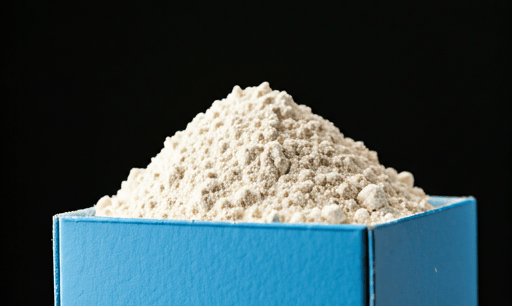High purity GOS Production: Innovation by FrieslandCampina
DAIRY & ALTERNATIVES NUTRACEUTICALS


GOS are carbohydrate chains composed of galactose units ending in glucose. These compounds occur naturally in human breast milk and bovine colostrum and are known for their extensive physiological benefits. These oligosaccharides also enhance mineral absorption, bolster immune responses, and reduce inflammation. Their incorporation into products like infant formula, yogurts, and beverages has gained global approval, including GRAS certification from the U.S. FDA.
Challenges in Conventional GOS Production
Traditional GOS production involves beta-galactosidase enzymes acting on lactose-rich substrates. This approach yields a mixture of oligosaccharides, lactose, and monosaccharides. Commercial GOS products often contain up to 16% lactose, which can cause gastrointestinal discomfort in lactose-intolerant individuals.
Existing methods to reduce lactose levels, such as fermentation or enzymatic hydrolysis, face significant drawbacks:
Fermentation Issues: Low productivity, need for additional nutrients, and potential formation of allergens or unwanted byproducts.
Enzymatic Challenges: Risk of hydrolyzing beneficial disaccharides (like gal-β1,2-glc and gal-β1,3-glc), reducing GOS's bifidogenic properties.
FrieslandCampina's New Process
FrieslandCampina's patent pending method for producing high-purity galacto-oligosaccharides (GOS) offers a innovative solution for nutritional applications. This innovative process addresses longstanding challenges associated with conventional GOS production, particularly for lactose-intolerant populations, while maximizing the health benefits of this vital prebiotic.
The proposed process overcomes these challenges by optimizing enzymatic conditions to selectively remove lactose while preserving critical disaccharides. Key steps include:
Preparation:
Starting with a GOS solution containing 10-30% lactose.
Ensuring a disaccharide-to-lactose weight ratio of 1.5:1 to 3.0:1.
Enzymatic Hydrolysis:
Using lactase enzymes like Kluyveromyces lactis (e.g., Maxilact® 5000) to break down lactose into glucose and galactose.
Conducting the reaction at 30–50°C and maintaining a pH of 6.3–6.8 for optimal efficiency.
Purification:
Removing monosaccharides through advanced techniques like sequential simulated moving bed chromatography (SSMB), ensuring high recovery and purity.
Final Product:
A high-purity GOS composition containing less than 6% lactose, over 90% oligosaccharides, and 10–40% bifidogenic disaccharides.
Advantages of the New Process
The resulting high-purity GOS composition is versatile, hypoallergenic, and clinically lactose-free, making it suitable for individuals of all ages, including those with lactose intolerance. Its applications extend to a wide range of nutritional products, including infant formulas, dairy products, energy bars, and dietary supplements. Additionally, the composition's ability to support gut health, immune function, and mineral absorption offers immense potential in preventive healthcare.
FrieslandCampina's innovative process not only enhances GOS's functionality but also aligns with consumer demand for clean-label, health-focused ingredients. By improving tolerability and bioactivity, this advancement could redefine nutritional solutions across demographics.
